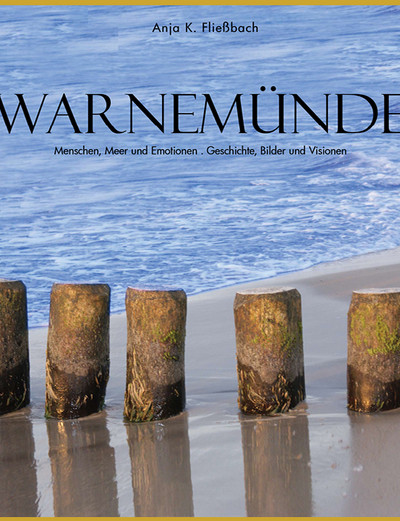- 4137 Aufrufe
Top Tips For Restoring Classic Bikes
Anzeige: There’s nothing like the feeling of freedom you get from riding a motorcycle. Flying down the open road to the roar of your engine, motorcycling can be the ultimate adrenaline rush.
The perfect complement to the rush of motorcycling is restoring vintage motorbikes. The rush of the ride is so much sweeter when you do it from the back of a bike you’ve seen on the big screen since you were a child, or that invokes the memories of the past.
As anyone who has restored a classic bike will know, it can be a long and complicated process. For most, the rewards far outweigh the expense. The experience can be addicting, just like riding motorcycles themselves.
If You’re Just Starting Choose A Yamaha
Whether you’re restoring your first bike or your 20th, a Yamaha will be perfect for you.
The simplicity of Yamaha motorcycles makes them perfect for your first few motorbike projects. They are also some of the most attractive and prestigious vintage bikes out there. The range of their bikes have gone from strength to strength, so whether you’re looking for a bike to take to the track, on your dream road trip, or on an off-road adventure, you’re sure to find a Yamaha to suit you.
Space
The first step you take should always be to ensure you have the right space to work in.
Having the space to work is an important part of the restoration process. Restoring a motorbike is a complex process and one that requires plenty of room. You should also ensure that the space you are working in has great lighting. Having the space to move freely and store your classic motorcycle is vital.
Find The Best Parts
It is vital that you choose a bike that you can source reliable parts for. Not just the right parts for the bike, but the right parts for your peace of mind. Always look for quality, trustworthy parts dealers. If for instance you’re restoring a vintage Yamaha bike such as the Yamaha RD350, sites like Sumo Rubber are worth their weight in gold. They have an extensive selection of quality parts which you know will do the job. If you want to see exactly how wide their range is, you can check out these parts from sumorubber.com for the Yamaha RD350.
Make A Plan
While it can be tempting to jump straight into dismantling and rebuilding your new motorcycle, you should always have a plan before you start.
Make categories for the parts as you dismantle your bike, and keep the parts in separate boxes or areas. This way you will always be able to find any parts you’re looking for and minimize the risks of losing smaller bits like screws and bolts.
Keep Old Parts
If the bike you’re working on requires a total overhaul, you should never throw out a part you are switching out until you are sure that the replacement works. The last thing you want is to find your bike worse off than when you started.
Ask The Internet
If in doubt you can always find help on the internet. The number of online communities centering on bike restoration has been growing steadily over the last 10 years. You’ll be able to find a forum or website for almost any classic bike and instant access to the combined expertise of hundreds of fellow classic bike enthusiasts.















